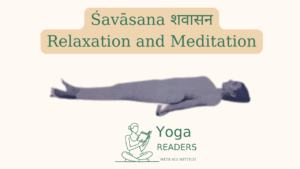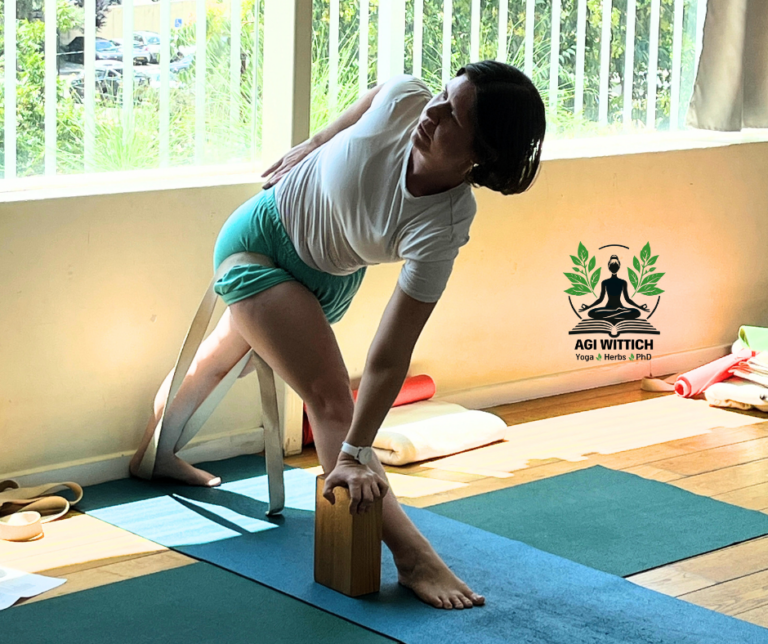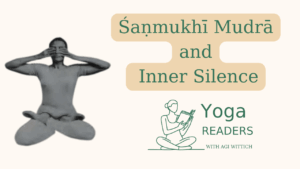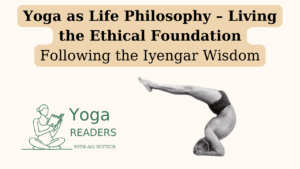
Śavāsana: The Art of Conscious Relaxation
In the vast repertoire of yoga āsanas, Śavāsana (Corpse Pose) holds a unique and profound position. As Geeta Iyengar explains in “Yoga: A Gem

In the therapeutic landscape of trauma-informed Iyengar yoga, standing poses (asanas) emerge as powerful tools for healing and transformation. These foundational postures create a unique bridge between physical practice and emotional recovery, offering practitioners a safe space to explore their relationship with their body and mind. Understanding the profound impact of these poses can help both practitioners and teachers create more effective, nurturing healing environments.
Standing poses establish a vital connection to the earth beneath us, a connection that runs deeper than mere physical contact. When we root through our feet in poses like Tadasana (Mountain Pose) or Trikonasana (Triangle Pose), we activate our body’s innate grounding mechanisms. This connection triggers the release of tension held in the lower body and promotes a feeling of security that radiates upward through our entire system.
For trauma survivors, this grounding experience can be particularly transformative. Many trauma responses involve a disconnection from the lower body and legs – areas that help us feel safe and supported. Through careful attention to foot placement and weight distribution in standing poses, practitioners can gradually rebuild their relationship with these essential anchoring points.
Standing poses serve as powerful tools for developing proprioception – our awareness of where our body is in space. In trauma-informed classes, teachers guide students through detailed awareness practices within each pose, drawing attention to specific physical landmarks and sensations. This might include noticing the distribution of weight across the feet, the alignment of the ankles, knees, and hips, or the relationship between the pelvis and spine.
This heightened awareness creates opportunities for what we call “micro-choices” – small, manageable decisions about how to adjust and respond to sensations in the body. For trauma survivors, who may have experienced a loss of choice or control, these micro-choices become powerful acts of agency and self-care.
Standing poses have a unique capacity to energize and invigorate the body-mind system. Poses like Virabhadrasana I and II (Warrior Poses) engage large muscle groups, stimulating circulation and promoting the release of energy-boosting endorphins. This physical engagement helps counter the fatigue and lethargy that often accompany trauma responses.
Moreover, the active nature of standing poses helps shift energy patterns in the body. Through sustained engagement and focused breathing, practitioners can begin to release stagnant energy and emotions that may be held in various body parts. This energetic clearing creates space for new patterns of vitality and resilience to emerge.
One of the hallmarks of Iyengar yoga is its sophisticated use of props and modifications. In trauma-informed classes, this adaptability becomes even more crucial. Standing poses can be modified using walls, chairs, blocks, and straps to create experiences of success and stability for every practitioner.
Teachers might offer variations such as practicing Uttanasana (Standing Forward Bend) with hands on blocks or the wall, or exploring Ardha Chandrasana (Half Moon Pose) using multiple support points. These modifications aren’t just physical adjustments – they’re invitations to explore and honor one’s boundaries while gradually building confidence and capability.
As practitioners develop strength and stability in standing poses, they often experience a profound shift in their sense of personal power. The physical experience of feeling strong and capable in poses like Virabhadrasana III (Warrior III) or Parsvottanasana (Intense Side Stretch) can catalyze emotional and psychological empowerment.
This empowerment process is supported by the precise, methodical nature of Iyengar yoga. Teachers guide students to understand not just what to do in a pose, but why they’re doing it. This educational component helps practitioners develop a sense of mastery and ownership over their practice.
Standing poses systematically prepare the body for more advanced asanas through a careful progression of physical openings. They work to create stability in the legs while gradually increasing flexibility in key areas such as the hips, hamstrings, and spine. This methodical approach ensures that practitioners build a strong foundation before moving on to more challenging poses.
For example, the hip and hamstring opening gained in Utthita Parsvakonasana (Extended Side Angle Pose) provides essential preparation for seated forward bends and twists. Similarly, the spinal awareness developed in Trikonasana (Triangle Pose) creates important groundwork for backbends and inversions.
Standing poses offer unique opportunities for nervous system regulation through their combination of physical engagement and mental focus. The sustained attention required to maintain alignment and balance can help shift the nervous system out of hypervigilant states commonly associated with trauma.
The rhythmic nature of moving in and out of standing poses, combined with conscious breathing, creates a natural pattern of engagement and release. This alternation helps regulate the autonomic nervous system, promoting a more balanced state between sympathetic (activation) and parasympathetic (relaxation) responses.
Perhaps most importantly, standing poses provide opportunities for integrating physical and emotional aspects of healing. The combination of physical stability, mindful awareness, and emotional safety creates conditions where deeper healing can occur. As practitioners work with these poses regularly, they often report feeling more “at home” in their bodies and more capable of managing challenging emotions and experiences.
Standing poses offer a comprehensive approach to healing and growth. These foundational postures provide much more than physical benefits – they create a framework for rebuilding trust with one’s body, developing personal agency, and fostering resilience. As practitioners progress through their healing journey, standing poses continue to offer new layers of discovery and integration, supporting both immediate healing needs and long-term transformation.

In the vast repertoire of yoga āsanas, Śavāsana (Corpse Pose) holds a unique and profound position. As Geeta Iyengar explains in “Yoga: A Gem

In the rich tradition of yoga, Śaṇmukhī Mudrā stands as a profound technique for sensory withdrawal and inner awareness. As Geeta Iyengar explains in

“Yoga is the rule book for playing the game of Life, but in this game no one needs to lose.” This profound statement from
Agi Wittich is a yoga practitioner since two decades, and is a certified Iyengar Yoga teacher. Wittich studied Sanskrit and Tamil at the Hebrew University of Jerusalem, Israel, completing a PhD with a focus on Hinduism, Yoga, and Gender. She has published academic papers exploring topics such as Iyengar yoga and women, the effects of Western media on the image of yoga, and an analysis of the Thirumanthiram yoga text.